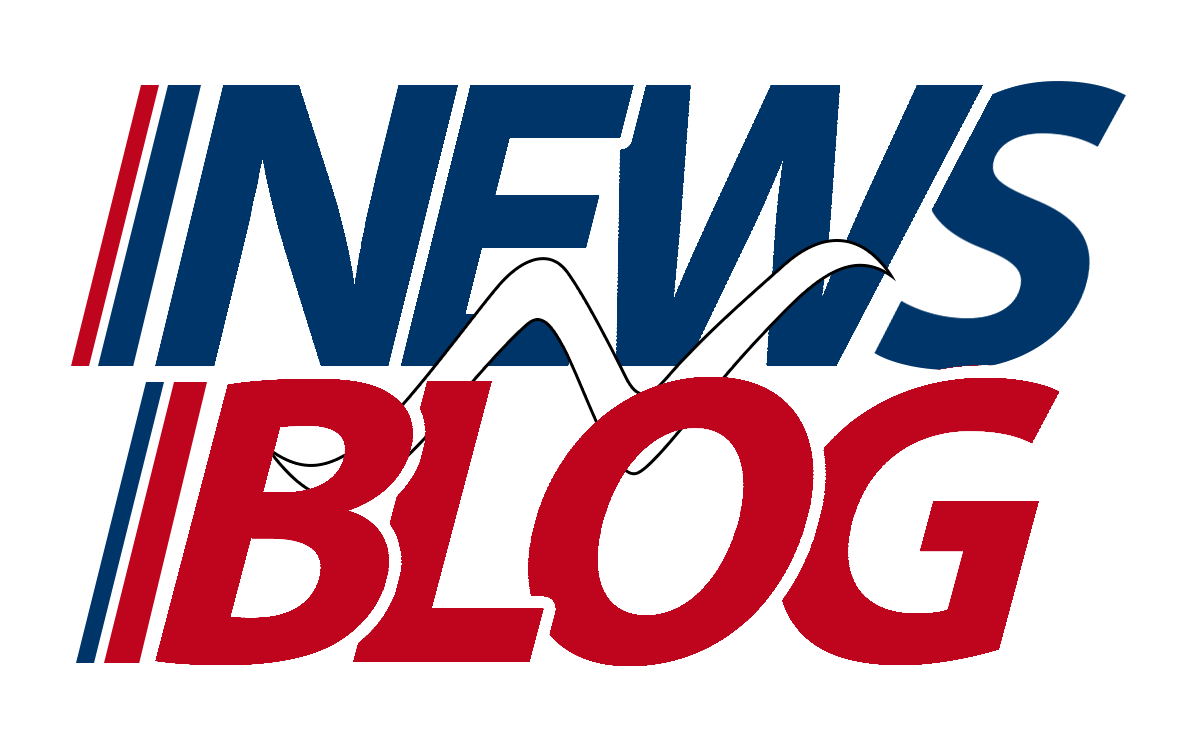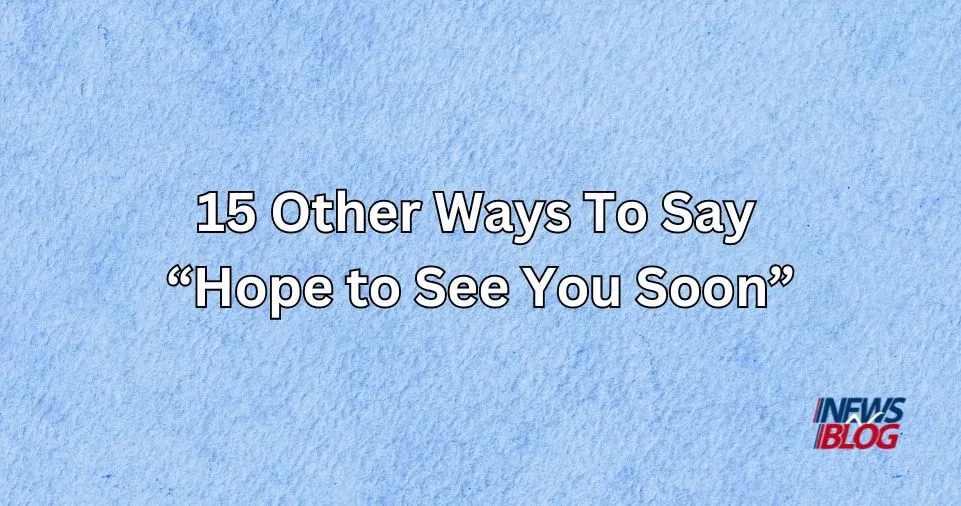Connecting with others through communication can be enriched by the words we choose.
Instead of always saying “Hope to see you soon,” why not try different expressions to convey the same sentiment?
This article explores 15 creative alternatives that can be used in various contexts.
Whether you’re speaking with friends, family, or colleagues, these phrases can add a special touch to your messages. Let’s dive in!
Is Saying “Hope to See You Soon” Considered Professional?
Using “Hope to See You Soon” is generally appropriate in both professional and informal settings, especially as an email closer.
It is a polite and warm way to express the anticipation of future meetings or interactions. The correct way to write it is “Hope to see you soon,” with the initial letter of each word in lowercase.
Correct Usage
- “Hope to see you soon” is grammatically correct and works well in various contexts, especially in closing emails.
- The initial letter of each word is in lowercase, maintaining a casual and friendly tone.
Variations
- Hoping to see you soon: Adds a slightly more personal touch by using “hoping.”
- Hope to see you again soon: Suitable for situations where you’ve met before and express a desire to meet again.
15 Other Ways To Say “Hope to See You Soon”
Here are 15 other ways to say “Hope to See You Soon”:
Looking Forward to Our Next Meeting
A more elegant alternative is “Looking forward to our next meeting.” This adds a touch of formality while maintaining a warm tone.
Dear Emily,
I trust this email finds you well. I wanted to touch base regarding our upcoming project and express that I am truly looking forward to our next meeting. Your insights have always been invaluable, and I am eager to collaborate further.
Best regards,
John
Anticipating Our Next Encounter
“Anticipating our next encounter” communicates eagerness and highlights the anticipation of the meeting itself.
Hey Alex,
Had a blast at the coffee shop yesterday! Anticipating our next encounter, perhaps a movie night this weekend? Let me know your thoughts.
Cheers,
Samantha
Can’t Wait to Meet Again
For a more informal and enthusiastic touch, “Can’t wait to meet again” conveys a sense of impatience in a positive way.
Hey Uncle Mike,
The holiday get-together was amazing! Can’t wait to meet again, maybe for a cozy dinner next week? Let me know when you’re free.
Love,
Jessica
Eagerly Awaiting Our Next Interaction
“Eagerly awaiting our next interaction” adds a touch of sophistication to your communication.
Dear Ms. Johnson,
Our recent collaboration has been inspiring, and I’m eagerly awaiting our next interaction. Your expertise has been invaluable, and I believe our continued partnership holds great potential.
Best regards,
David
Hoping for Another Opportunity to Connect
“Hoping for another opportunity to connect” underscores the element of possibility for future engagements.
Hi Brian,
Our recent conversation was enlightening! Hoping for another opportunity to connect, perhaps over a virtual coffee chat? Let me know your availability.
Cheers,
Sophie
Looking Forward to Reuniting
“Looking forward to reuniting” conveys a sense of joy and excitement at the prospect of seeing someone again.
Hey Jake,
It’s been too long! Looking forward to reuniting – how about planning a weekend getaway together? Let me know your thoughts.
Warm regards,
Olivia
Excited About the Prospect of Meeting Again
“Excited about the prospect of meeting again” infuses your language with enthusiasm.
Hey Sarah,
Your presentation was fantastic! Excited about the prospect of meeting again for a study session. Let me know when you’re available.
Best,
Chris
Until Our Paths Cross Again
“Until our paths cross again” adds a sense of serendipity and implies that the meeting will happen naturally.
Dear Penelope,
I’ve cherished our letters! Until our paths cross again, may your days be filled with joy and inspiration. Looking forward to our continued correspondence.
Warm regards,
Quentin
Anxiously Awaiting Our Next Get-Together
“Anxiously awaiting our next get-together” conveys a heightened sense of excitement and eagerness.
Hey James,
The family reunion was a blast! Anxiously awaiting our next get-together, maybe a weekend barbecue? Let me know your thoughts.
Cheers,
Emma
Counting Down the Days Until We Meet Again
“Counting down the days until we meet again” adds a touch of excitement and creates a visual image of anticipation.
Hey Daniel,
Miss you already! Counting down the days until we meet again. How about a spontaneous weekend trip? Let’s plan something exciting.
Love,
Sophia
In High Hopes of Our Reunion
“In high hopes of our reunion” conveys optimism and positive expectations.
Hi Mia,
Life’s been eventful here! In high hopes of our reunion, maybe we can plan a video call soon? Can’t wait to catch up.
Cheers,
Nathan
Yearning for Our Next Meeting
“Yearning for our next meeting” adds an emotional depth, emphasizing a strong desire to reconnect.
Dear Aunt Margaret,
The family gathering was too short! Yearning for our next meeting, let’s plan a weekend together soon. I miss our long chats.
Love,
Alex
Patiently Awaiting Our Next Encounter
“Patiently awaiting our next encounter” conveys a composed anticipation, highlighting the value of the connection.
Dear Mr. Anderson,
Grateful for your guidance! Patiently awaiting our next encounter, I look forward to the prospect of future collaboration. Your insights are invaluable.
Best regards,
Victoria
Enthusiastically Waiting to See You Again
“Enthusiastically waiting to see you again” radiates positive energy and genuine excitement.
Hey Mark,
College days were the best! Enthusiastically waiting to see you again – how about a reunion with the old gang? Let’s plan something epic.
Cheers,
Lisa
Holding onto the Promise of Our Next Meeting
“Holding onto the promise of our next meeting” adds a touch of sincerity and emphasizes the importance of the forthcoming connection.
Dear Ms. Thompson,
Our collaboration has been rewarding! Holding onto the promise of our next meeting, I am confident in the continued success of our partnership.
Best regards,
Michael
Also Read: 15 Other Ways To Say “Positive Impact”
Conclusion
Language is a powerful tool that allows us to convey our feelings and intentions with nuance and creativity.
By exploring alternative ways to express “Hope to see you soon,” you can breathe new life into your communication and build stronger connections.
Whether you’re crafting a professional email or sending a casual message to a friend, these alternatives offer a diverse range of options to suit various contexts.
So, the next time you find yourself reaching for the familiar phrase, consider these alternatives to elevate your expression of anticipation and connection.

